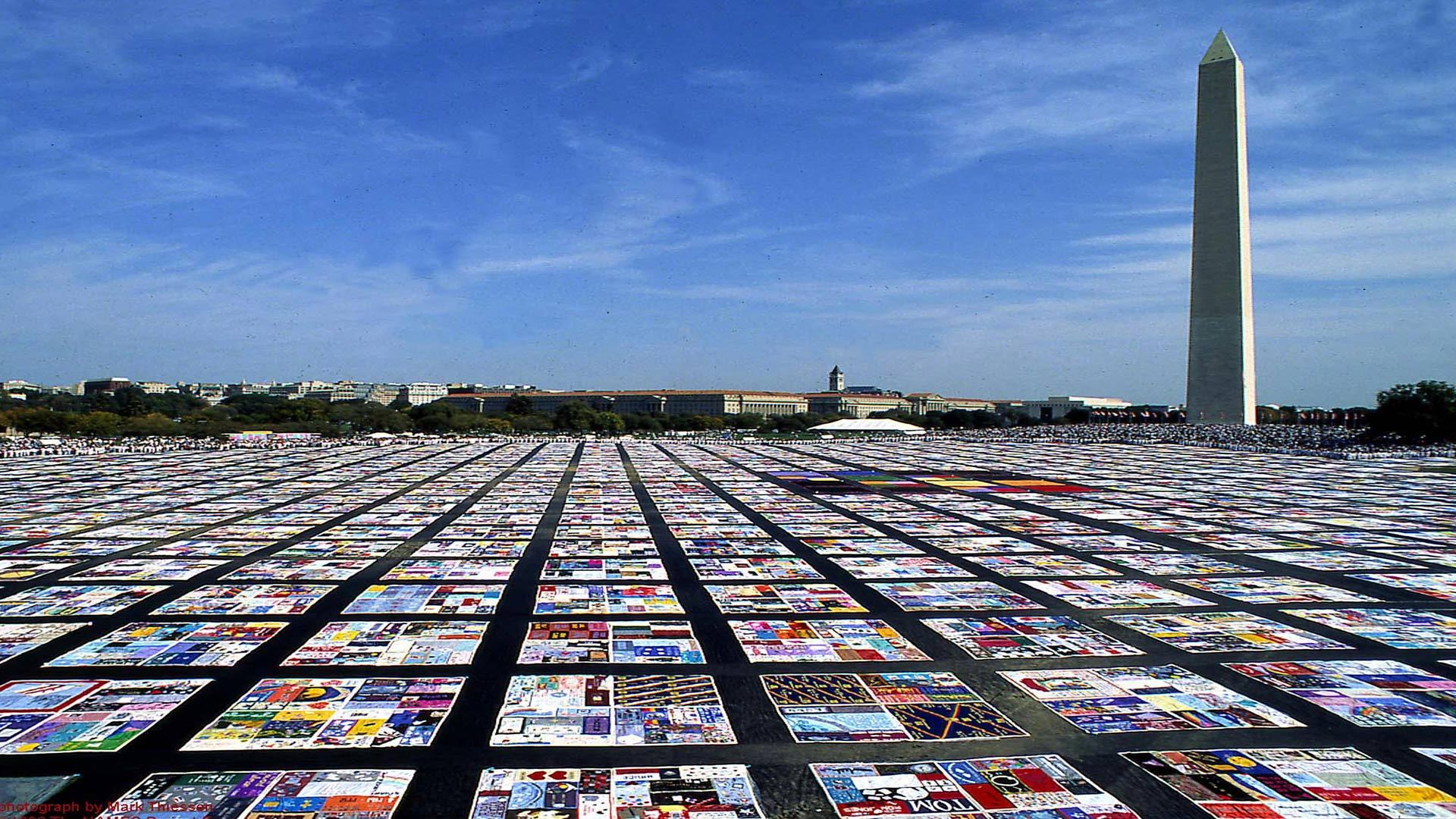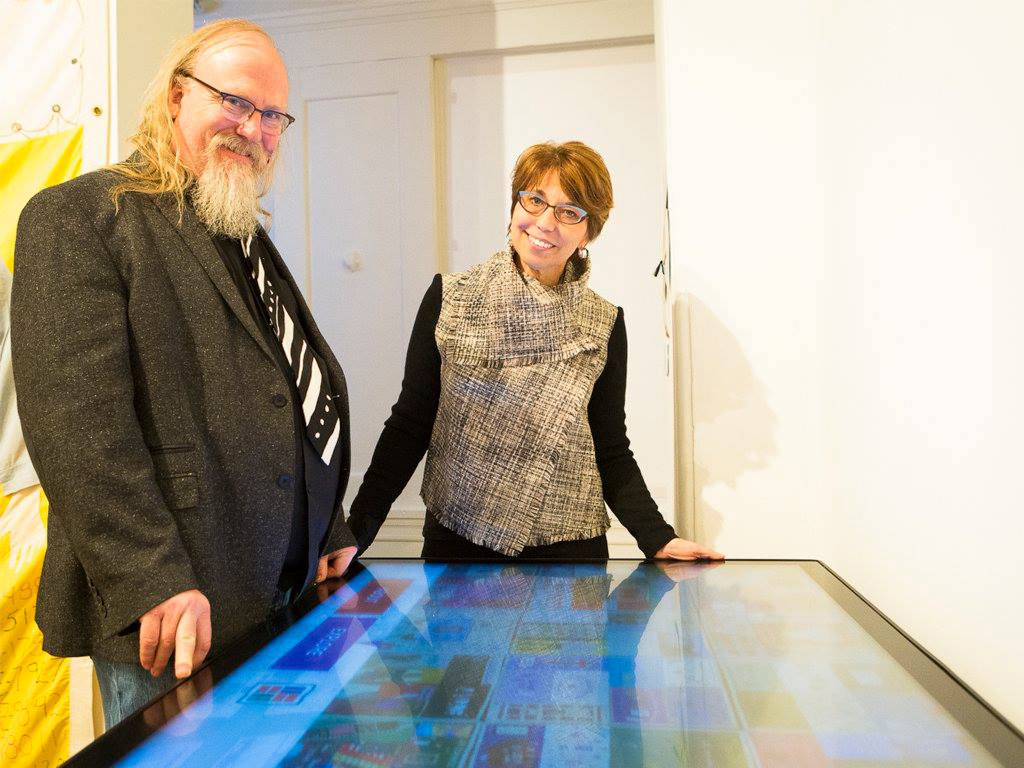
‘AIDS Quilt Touch’ Stitches Together Tapestry for Digital Age
The AIDS Memorial Quilt began in 1985 with a few people who wanted to ensure that their loved ones who had died from AIDS would be remembered. Thirty-five years later, a technology project spearheaded by leaders in the School of Arts, Technology, and Emerging Communication (ATEC) at UT Dallas enables people all over the world to view the panels of those who are memorialized in the quilt.
The AIDS Memorial Quilt, now part of the National AIDS Memorial in San Francisco, is a 54-ton tapestry that includes more than 48,000 panels dedicated to more than 100,000 individuals. The quilt is considered the largest community arts project in history.
Because of its size — it would take more than 50 miles to display — the quilt no longer can be shown in one location; however, an interactive application called AIDS Quilt Touch offers users the ability to search and view the quilt digitally. Before they joined UT Dallas, Dr. Anne Balsamo and Dale MacDonald received funding from the National Endowment for the Humanities in 2011 to create the beta version of the application.
MacDonald, ATEC associate dean of research and creative technologies, who led the technical part of the project, developed the code to “stitch” together over 6,000 high-resolution images of quilt blocks.
 Dale MacDonald and Dr. Anne Balsamo
Dale MacDonald and Dr. Anne Balsamo
“We have access to all of the data about who is named on each panel of the quilt and who made the panel,” he said. “To make it possible for users to find that information, we built a search engine that linked it to positions within the digital quilt. It takes a lot of computational power to search such a large visual image.”
– Dr. Anne Balsamo
Balsamo, professor of ATEC and holder of the Arts and Humanities Distinguished Chair at UT Dallas, said she was pleased that many more people can now learn more about those who are remembered in the quilt.
“When AIDS Quilt Touch launched as an interactive web application, it was the first time that people across the globe could visually explore the quilt by zooming in and out and panning across the expansive visual image,” she said. “We had a prototype running for 15 years, but we were limited in how we could present it. People are drawn in when they see images of panels, but what they want to know is, ‘Tell me about that person that I’m seeing, that beautiful panel that I’m seeing. Who is that person?’”
Over the past decade, the AIDS Quilt Touch has involved more than 50 collaborators across the U.S.
– Phil Roth


